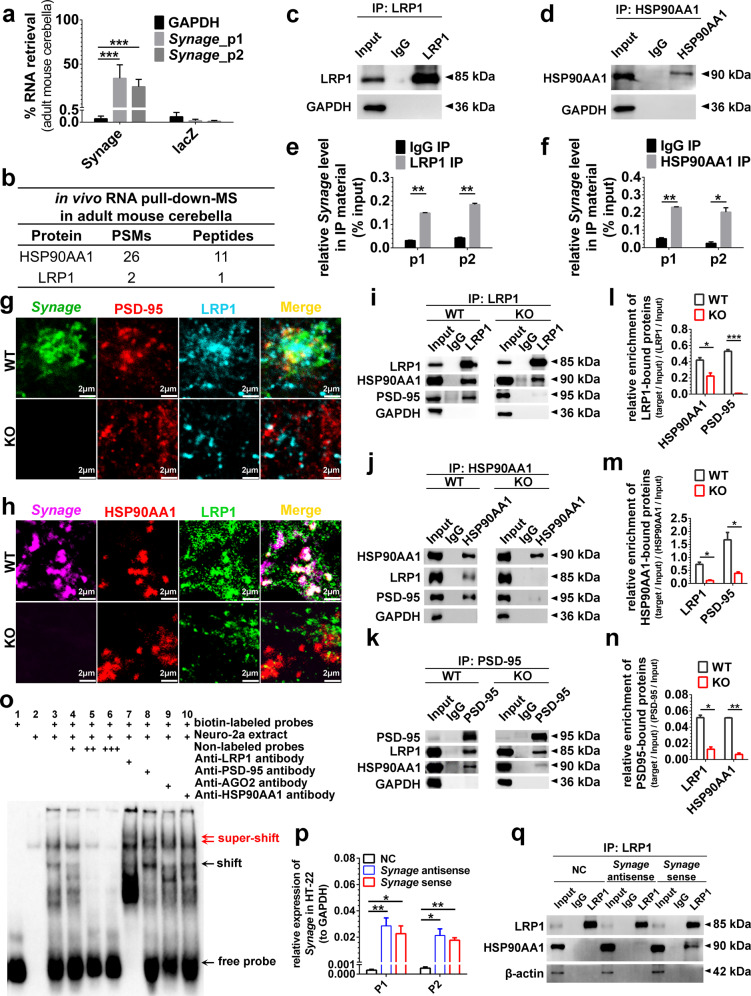Fig. 5. Synage lncRNA acts as an organizer to scaffold the synaptic LRP1-HSP90AA1-PSD-95 complex.
a RT-qPCR analysis of in vivo RNA pull-down showing retrieval of Synage lncRNA with Synage-specific probes in the adult mouse cerebella. LacZ probes were the negative controls. Synage_p1 and Synage_p2 represent different primers targeting Synage (all three isoforms). b List of top Synage-binding proteins detected in the adult mouse cerebella by in vivo RNA pull-down–mass spectrometry. c–f Western blots assessing LRP1 and HSP90AA1 immunoprecipitation (IP) by anti-LRP1 (c) or anti-HSP90AA1 (d) antibody in RNA immunoprecipitation (RIP). Relative enrichment of Synage binding to LRP1 (e) or HSP90AA1 (f) or IgG in IP was quantified as a percentage of input by RT-qPCR. p1 and p2 represent different primers targeting Synage (all three isoforms). g, h Co-localization analysis of Synage with PSD-95 and LRP1 (g) as well as with HSP90AA1 and LRP1 (h) by RNA-FISH of Synage and immunofluorescence staining of these proteins in the 2-month-old WT and KO mouse cerebella. i–n Western blots and relative quantification of the interactions among LRP1 (i, l), HSP90AA1 (j, m), and PSD-95 (k, n) as determined by co-IP analysis in the adult WT and KO mouse cerebella. o RNA-electrophoretic mobility shift assays (EMSAs) for verification of the direct interactions between Synage and its binding proteins in the Neuro-2a cell line. p, q RT-qPCR analysis of the overexpression level of Synage (sense) in the HT-22 cell line (p), Western blots assessing LRP1 and HSP90AA1 co-immunoprecipitation by anti-LRP1 antibody after Synage overexpression in the HT-22 cell line, Synage antisense RNA was used as a negative control (q).

